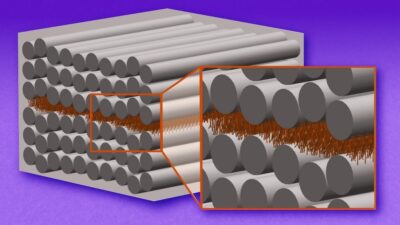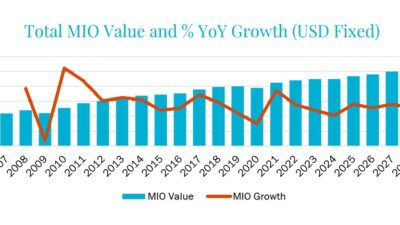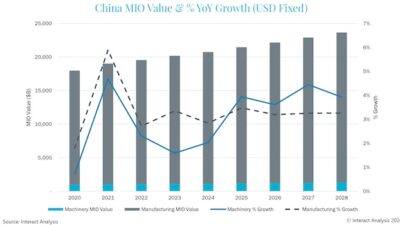To reduce costs, improve reliability, and streamline the manufacturing process, original equipment manufacturer (OEM) customers may seek one vendor that can support parts manufacturers from the initial design process through final delivery.
There is a new kind of relationship between parts suppliers and original equipment manufacturers (OEMs). In the past, most parts suppliers only designed and developed the various parts and components that were needed for OEM customers. In today’s competitive markets, that is not enough.
Parts manufacturers need to do more. If possible, a vendor should partner with its OEM customers, working with them from the initial design process through final delivery. Here are four advantages of working closely with one supplier:
1. The procurement and design processes become more efficient when one vendor can supply a wide range of component variants, such as inputs and outputs, different types and sizes of sensor packaging, power supplies, etc.
2. Since all components from the same supplier should function seamlessly, the need for additional testing, re-engineering, and re-certification becomes obsolete. Working with a variety of different suppliers, each with firm-specific ordering and supply protocols, can be complicated. Often OEMs need to buy a specific component from one supplier before they can specify the associated components and parts from another.
3. A single part number for purchasing, manufacturing, and tracking simplifies the product qualification and manufacturing processes. Potential points of failure decrease when a tested and warranted subassembly eliminates much of the engineering to integrate components from various suppliers.
4. The component supplier and OEM can collaborate across the design process as needed. Often the component supplier is able to provide technical expertise to the OEM’s design engineers and develop and supply customized modules, providing a wide range of performance, size, and I/O options. This is the new best practice for medical and industrial device development and manufacturing, reducing costs and improving product design efficiency.
– Valerie Rothermal-Nelson is a senior global product marketing manager at Honeywell Sensing and Control. Edited by Jordan M. Schultz, associate content manager, CFE Media, Control Engineering and Plant Engineering, [email protected].
ONLINE



